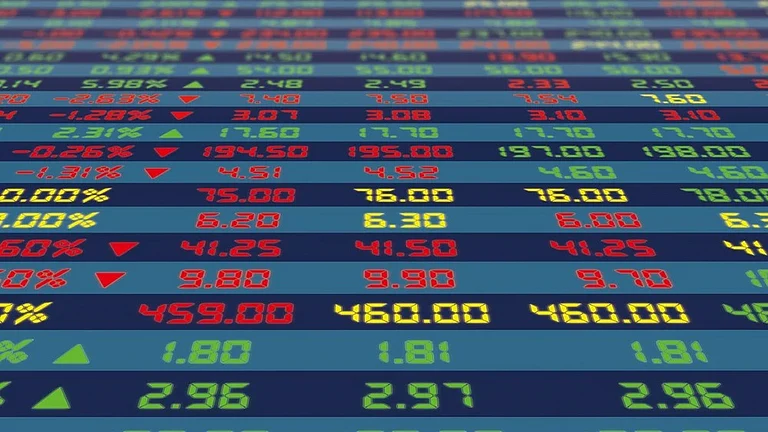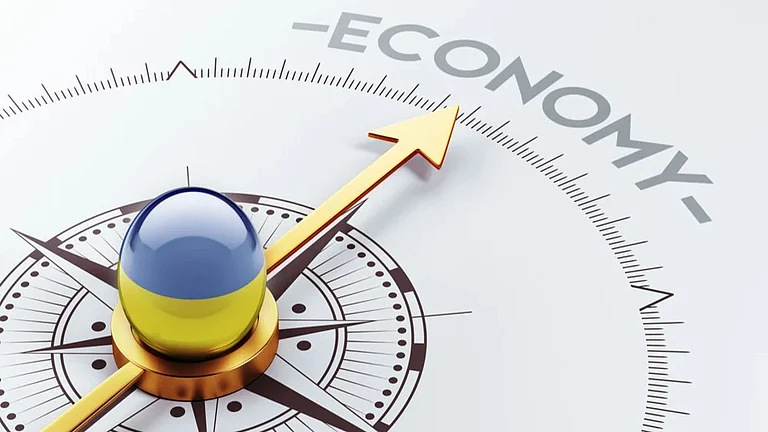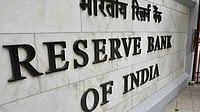
Singapore’s Ministry of Trade and Industry (MTI) raised its 2025 GDP growth forecast to 1.5–2.5% (from 0–2%) after the economy grew 4.3% in H1 2025, supported by strong Q2 growth of 4.4% and front-loading ahead of US tariffs.
MTI cautioned that growth will slow in H2 2025 as the boost from front-loading fades and US reciprocal tariffs take effect, with risks from global trade policy uncertainty, geopolitical tensions, and potential financial market shocks.
Singapore’s Ministry of Trade and Industry (MTI) on Tuesday raised its 2025 economic growth forecast on a better-than-expected first half-year performance, but warned that the outlook remains clouded by uncertainty over the potential impact of US tariffs, with risks to the economy still tilted to the downside.
The gross domestic product (GDP) growth forecast was raised to 1.5% to 2.5%, from an earlier range of 0% to 2%.
“This (upgrade) largely reflects the better-than-expected performance of the Singapore economy in the first half of 2025,” The Straits Times reported, quoting a statement from the MTI.
The ministry has warned that new tariffs could lead to a renewed spike in economic uncertainty and cause businesses to suspend hiring and households to pull back on spending.
The economic growth upgrade follows the city state posting a surprisingly high year-on-year growth of 4.4% in the second quarter of 2025, following a 4.1% gain in the first three months – taking first-half growth to 4.3%.
On a seasonally adjusted quarterly basis, the Singapore economy expanded by 1.4% in the second quarter, rebounding from the 0.5% contraction in the first quarter.
MTI made the earlier forecast in April, days after US President Donald Trump announced his “reciprocal tariffs” policy that threatened to impose unprecedented duties on almost all exports to the world’s largest economy.
However, since then, most tariff rates have been negotiated at much lower levels. Also, in the meantime, companies worldwide rushed shipments to get ahead of the US tariffs. That resulted in an unseasonal surge in manufacturing and exports.
The phenomenon, known as front loading, pushed Singapore’s key exports growth up by 5.2% year on year in the first six months of the year – again much higher than the 1 per cent to 3% range forecast by Enterprise Singapore.
MTI said GDP growth in the second quarter was primarily driven by export-oriented sectors such as wholesale trade, manufacturing, finance and insurance, and transportation and storage.
“The wholesale trade and transportation and storage sectors were boosted by front-loading activities in the region ahead of the implementation of tariff measures by the US,” the Daily had MTI as saying.
On the other hand, domestic sectors such as the food and beverage services shrank, due in part to a sustained increase in outbound travel by locals.
“The performance of most advanced and regional economies has been more resilient than expected as the US’ 90-day pause on its reciprocal tariffs postponed the potential negative economic impact, while front-loading activities during the tariff pause provided a temporary boost to production and exports.” However, the second half of 2025 is unlikely to be the same as the first half.
“Looking ahead, the growth of Singapore’s major trading partners in the second half of the year is expected to moderate from that in the first half, as the boost from frontloading activities dissipates and the US’ reciprocal tariffs take effect,” said MTI.
It added that significant uncertainties remain in the global economy due in part to the continued unpredictability of the US’ trade policies, including the timing and extent of expected sectoral tariffs on pharmaceutical products and semiconductors – major Singapore exports.
MTI warned that new tariffs could lead to a renewed spike in economic uncertainty and cause businesses to suspend hiring and households to pull back on spending.
A shock to financial markets from the worsening of global financial conditions could lead to destabilising capital flows that could trigger latent vulnerabilities in banking and financial systems.
Finally, potential escalations in geopolitical tensions could lead to supply disruptions in energy commodities and renewed pressures on global energy prices, said MTI.
Against this backdrop, Singapore’s economic growth is expected to slow in the second half of the year compared to the first half because of slower growth in outward-oriented sectors,” it said.
Growth in the wholesale trade sector is similarly expected to slow for the rest of 2025 as the lift from front-loading activities in the region wanes and global trade softens.
Still, MTI pointed out, there are some bright spots within the economy, such as the transport engineering cluster, given the sustained shift towards higher value-added aircraft maintenance, repair, and overhaul works in Singapore.
The precision engineering cluster was another bright spot due to the continued ramp-up in capital investments by semiconductor manufacturers producing artificial intelligence-related semiconductors.































